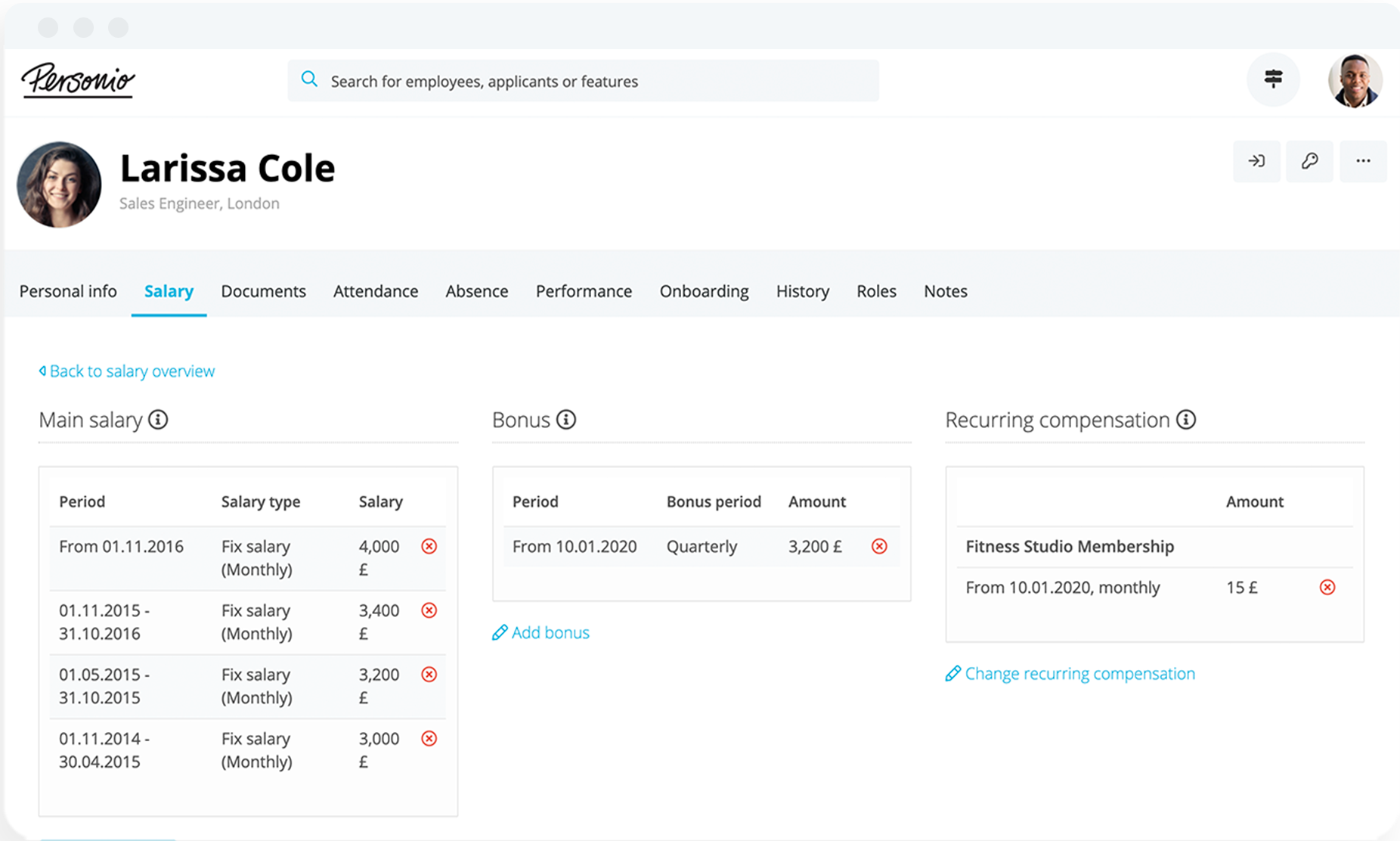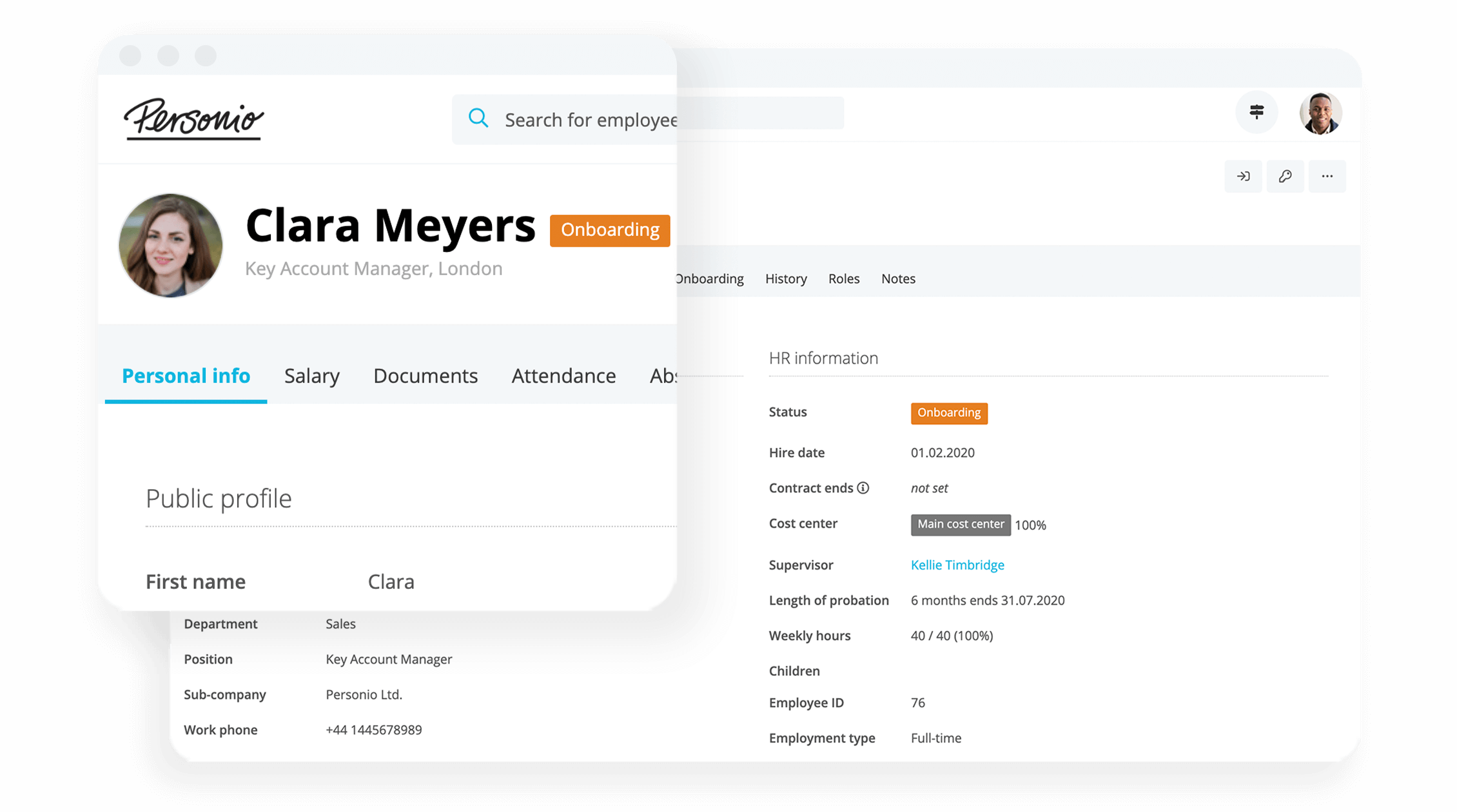Net Pay: What It Is and How To Calculate It

Net pay is an essential figure your employees need — and want — to understand. This figure is key to their financial planning and budgeting. You can help employees understand what net pay is and what deductions are made to arrive at net pay with this guide.
Key Facts
Net pay is the amount of money a worker takes home after deductions.
Net pay is calculated by subtracting total deductions from gross income.
Certain deductions are required by the UK government while others are voluntary.
What is Net Pay?
Net pay is the amount an employee takes home after all relevant deductions are taken out. Deductions include mandatory payments like income tax and National Insurance Contributions (NIC), as well as voluntary payments like additional insurance purchases, salary sacrifice cars and extra pension scheme payments.
What Does Net Pay Mean for Your Employers?
Net pay is the actual amount that’s deposited into an employee’s bank account after all necessary deductions are made. Employers are responsible for accurately calculating those deductions, taking proper steps to withhold those amounts and directing those funds to the appropriate recipients. Net pay is also important to keep in mind when posting job adverts, as the take-home pay may be far from the posted salary, or gross pay.
What Does Net Pay Mean for Employees?
For employees, net pay is the money they get to take home after all deductions have been made from their total pay, also called gross pay. This information is essential for planning expenses and understanding what they need to purchase that does not come out of their paycheque. It’s also important to keep in mind for salary negotiations, as the advertised salary shrinks quite quickly once deductions are made.
The Difference Between Net and Gross Pay
The differences between net and gross pay are straightforward. Net pay is the money that lands in an employee’s bank account after the company deducts any required or voluntary contributions. Gross pay refers to total earnings before deductions. It is the amount listed on the job advert and utilised in all formal aspects “on paper” as to the employee’s salary.
Reduce your payroll accounting effort.

Reduce your payroll accounting effort. No more data back and forth between you and your tax advisor. With the Personio and DATEV interface, only one click is needed to securely transfer your documents to the DATEV data centre.
Net Pay Calculator: Calculate Your Net Salary
The first step to calculating annual net pay is finding your gross yearly salary. An employee can find this information in their employment contract or on their payslip, abbreviated as “GP.” After getting that information, add up the deductions taken from gross pay over the course of a year and subtract them from the gross pay. The final number is annual net income.
The actual equation you’d use to calculate net salary is:
(yearly gross income) - (total of yearly deductions) = annual net pay
For example, say an employee makes a gross income of £70,000 annually and that their deductions total £20,000. The calculation would break down like this:
£70,000 - £20,000 = £50,000 annual net income
Frequently Asked Questions: Net Pay
What Is the Difference Between Net Pay and Gross Pay?
Net pay is the amount an employee takes home after relevant deductions. Gross pay is the amount of money a company offers an employee before deductions.
How Do You Calculate Net Pay?
Find the gross pay and the amount of the deductions in a weekly, monthly or yearly period. Subtract the deductions from the gross pay to find the net pay amount.
How Do I Convert Net Pay to Gross Pay?
Add the total amount of deductions in a weekly, monthly or yearly period to net pay to get gross income.
Simplified Payroll with Personio
Getting deductions right is one of the most important aspects of HR, ensuring employees are paid accurately and on time with each pay cycle. Personio can help with that.
Our all-in-one HR platform automates the payroll process, tracking and withholding deductions from gross pay in just a few clicks. Employees can see their net pay and all deductions removed from their paycheque with ease, so they can feel equipped to make the best decisions about the money they take home each pay period.
Book a demo today to learn more about Personio and the peace of mind it provides.
Disclaimer
We would like to inform you that the contents of our website (including any legal contributions) are for non-binding informational purposes only and does not in any way constitute legal advice. The content of this information cannot and is not intended to replace individual and binding legal advice from e.g. a lawyer that addresses your specific situation. In this respect, all information provided is without guarantee of correctness, completeness and up-to-dateness.

